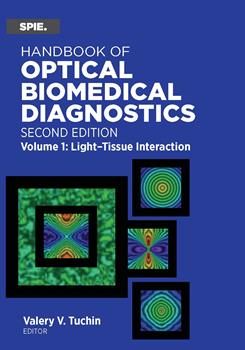|
|
|
|
CITATIONS
Cited by 2 scholarly publications.
Brain
Near infrared spectroscopy
Tissue optics
Absorption
Functional magnetic resonance imaging
Optical properties
Positron emission tomography


